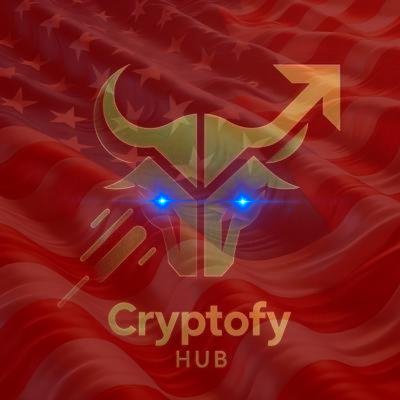


Distributed Autonomous Organizationの価格DAO
Distributed Autonomous Organizationに投票しましょう!
Distributed Autonomous Organization (DAO)について
タイトル: 分散型自律組織トークン(DAO Token)の理解
はじめに
分散型自律組織(DAO)は、ブロックチェーン技術が可能にした全く新しい組織形態の一つであり、そのトークンはその組織の一部所有を表すものである。DAOトークンの理解には、まずブロックチェーン技術とスマートコントラクトについての基本的な知識が必要です。
ブロックチェーンとDAO
ブロックチェーンは、取引の正確さと透明性を確保するための技術であり、これにより不正な取引を防ぐことができます。一方、DAOはこのブロックチェーン技術を用いて、中心的な管理者や仲介者を必要としない自律的な組織を作り出すことができます。DAOのメンバーは、スマートコントラクトを通じて自動的に取引を行うことができ、個々のメンバーの投票権はその持っているDAOトークンの数によって決まります。
分散型自律組織トークン(DAOトークン)
DAOトークンは、DAOのステーキホルダーへの投票権や利益の分配を可能にするツールです。トークンの所有者は、DAOの重要な決定に投票する権利を得ます。トークン保有者の投票率は、保有トークンの数によって決まります。
DAOトークンの活用
DAOトークンは、その名の通り、分散型の組織における決定権を与える役割を果たします。しかし、それだけではありません。DAOトークンはプロジェクトの資金調達の道具としても使用されます。新しいプロジェクトは、初期の段階でDAOトークンを販売し、これによってプロジェクトに必要な資金を集めることが可能です。
結論
分散型自律組織トークンは、ブロックチェーン技術の進歩と共に急速に注目を集めています。その概念や使い方を理解することは、これからのデジタル経済を理解する上で非常に重要なステップとなります。深淵に立つ一歩として、この新たな経済の形を探求し考えることが、新たなチャンスと可能性を作り出す原動力となるでしょう。
Distributed Autonomous OrganizationのAI分析レポート
本日のDistributed Autonomous Organizationの現在価格(JPY)
Distributed Autonomous Organizationの価格履歴(JPY)
 最低価格
最低価格 最高価格
最高価格 
Distributed Autonomous Organizationの最高価格はいくらですか?
Distributed Autonomous Organizationの最安価格はいくらですか?
Distributed Autonomous Organizationの価格予測
2026年のDAOの価格はどうなる?
2031年のDAOの価格はどうなる?
よくあるご質問
Distributed Autonomous Organizationの現在の価格はいくらですか?
Distributed Autonomous Organizationの24時間取引量は?
Distributed Autonomous Organizationの過去最高値はいくらですか?
BitgetでDistributed Autonomous Organizationを購入できますか?
Distributed Autonomous Organizationに投資して安定した収入を得ることはできますか?
Distributed Autonomous Organizationを最も安く購入できるのはどこですか?
Distributed Autonomous Organization保有量
Distributed Autonomous Organizationの保有量分布表
Distributed Autonomous Organizationの集中度別保有量
Distributed Autonomous Organizationの保有時間別アドレス

Distributed Autonomous Organizationのグローバル価格
- 1
- 2
- 3
- 4
- 5
暗号資産はどこで購入できますか?
動画セクション - 素早く認証を終えて、素早く取引へ

Distributed Autonomous Organizationの評価
Bitgetインサイト



関連資産
Distributed Autonomous Organizationの追加情報
通貨のアップデート情報






























